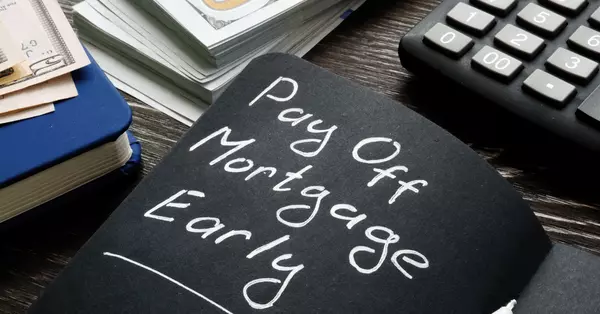Selling Your House "As Is": A Guide for the Mildly Impatient

Thinking about selling your house "as is"? Well, buckle up, because it's a wild ride that could save you a ton of headaches or cost you a small fortune. It all depends on how you play your cards and how many termites have played theirs.
Here’s a look at the good, the bad, and the slightly terrifying of selling your humble abode in its current, perfectly imperfect state.
The Perks (aka How to Dodge a Renovation Disaster)
First off, let's talk about the magic of pure, unadulterated laziness. Selling your house "as is" means you can completely skip the soul-crushing process of fixing every little thing. No more calling contractors who never call back. No more debates about paint colors. You just list it and peace out. You're basically a real estate ninja, in and out before anyone can even mention a leaky faucet.
Then there's the money-saving superpower. Need to replace the roof? Fix that ominous-looking crack in the foundation? Not your problem anymore! Selling "as is" means you get to keep all that cash in your wallet, not in a contractor's pocket. Think of it as a bonus for avoiding hard labor. You're not fixing the house; you're simply passing the torch—or rather, the repair list—to the next brave soul.
And let's not forget the speed. When you don't have to wait for months for repairs, you can get the house on the market faster than a pigeon spotting a dropped french fry. This is especially great if you've got investors or flippers sniffing around with a wad of cash and a thirst for a good project. It also means less time with the stress of an ongoing sale. You list it, they buy it, and you're gone.
Finally, the phrase "as is" is basically a magical shield. It tells buyers, "What you see is what you get, so don't even think about asking me to fix that leaky faucet." It cuts out all the tedious back-and-forth after a home inspection, turning what could be a long, drawn-out negotiation into a simple, "Yes, I'll take it" or "No, I'm out."
The Downsides (aka The Reason Your Wallet Might Cry)
Now for the not-so-fun part. The most significant drawback is that you'll probably make less money. This is the big one, folks. Buyers know they're inheriting your problems, so they'll expect a steep discount. You're basically paying them to take on your troubles. Think of it as a reverse tip for all the sweat and tears they're about to put in.
And who are you selling to? The average homebuyer wants "move-in ready," not "project of a lifetime." So unless you're selling to a house flipper with a gleam in their eye, you might see fewer offers than a single sock in the dryer. This smaller audience can make it harder to sell quickly and for the price you want.
An "as is" listing can also make buyers a bit suspicious. It screams, "I have secrets!" Are the floors made of Jell-O? Does the basement double as a bat sanctuary? Even if the issues are minor, the label itself can be a major red flag, scaring off buyers who are worried about hidden financial pits.
Last but not least, you might run into some financing trouble. Buyers who need a loan might have a hard time getting one for a house that looks like a strong breeze could knock it over. Lenders want to make sure the house is livable, not a future episode of "Extreme Home Makeover." This means your pool of potential buyers is often limited to those with all-cash offers, which, let's be honest, aren't exactly growing on trees.
Categories
Recent Posts










